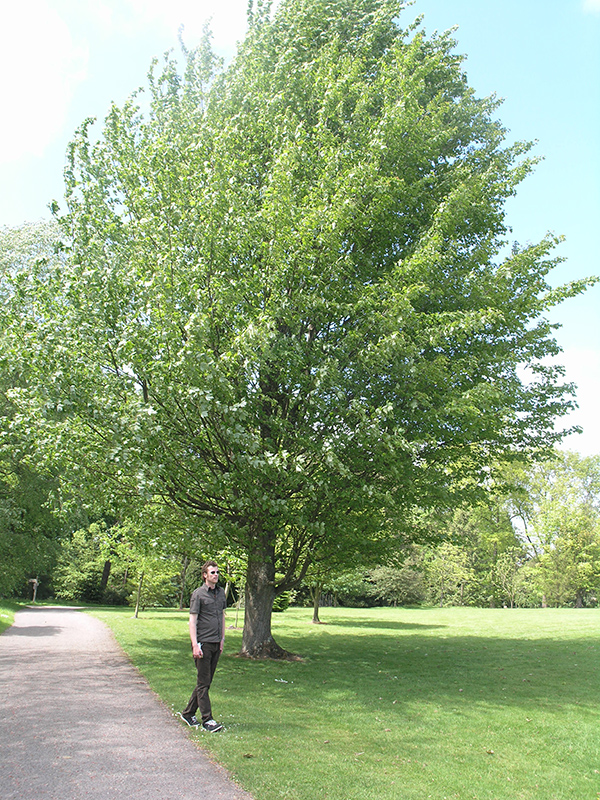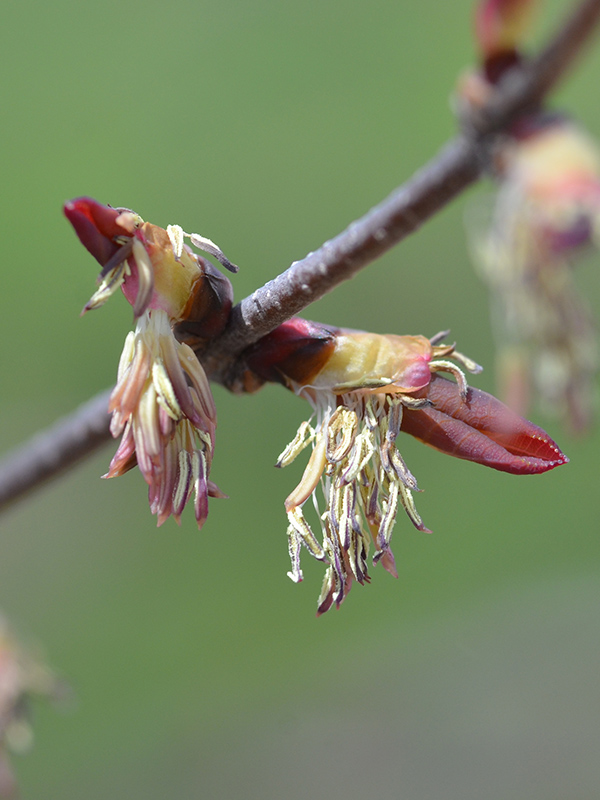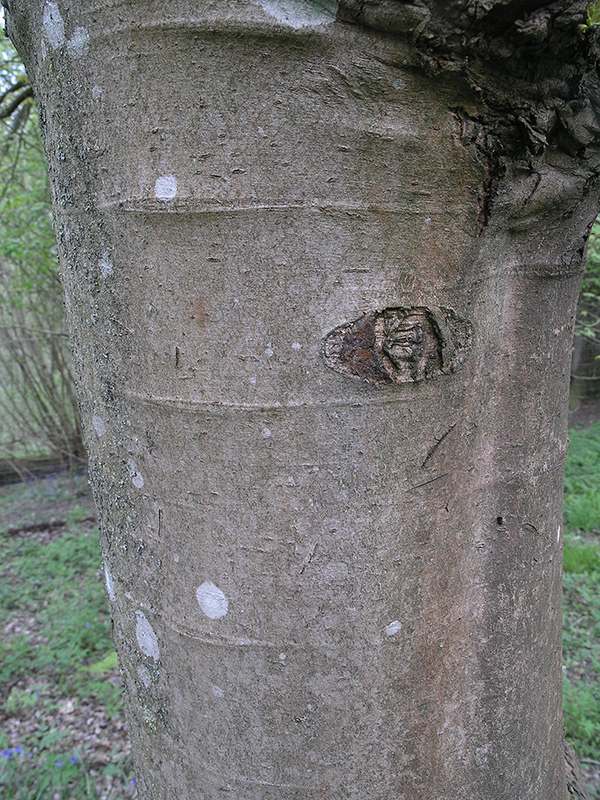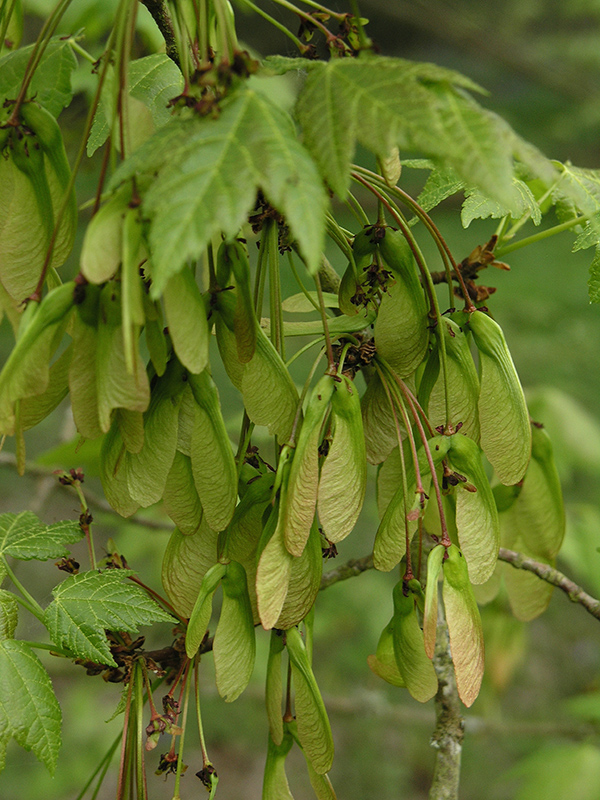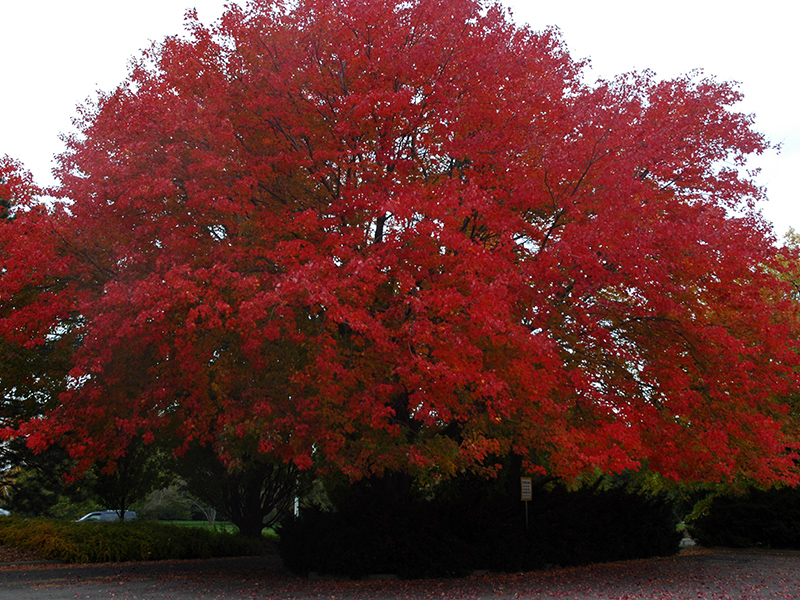
Woody > Acer > Acer rubrum > Acer rubrum
Acer rubrum
Red Maple
Origin: Eastern and Central North America.
Mike's
Opinion


"
A good tree for autumn colour if given the right growing conditions of sufficient moisture and low soil pH. Many cultivars are available that offer a wide range of forms and habits. It is one of the slower growing maples that has a slightly diminutive form when compared to the better known A. saccharum.
Michael Pascoe, NDP., ODH., CLT., MSc. (Plant Conservation)
"
| Family |
| Sapindaceae (Aceraceae) |
| Genus |
| Acer |
| Species |
| rubrum |
| Category |
| Woody |
| Type |
| Tree (deciduous) |
| Pronunciation |
| USDA Hardiness Zone |
| 3 - 9 |
| Canadian Hardiness Zone |
| 1a |
| RHS Hardiness Zone |
| H3 - H7 |
| Temperature (°C) |
| (-40) - (-4) |
| Temperature (°F) |
| (-40) - 30 |
| Height |
| 12 - 18 m |
| Spread |
| 9 - 15 m |
Photographs
Description and Growing Information
Flowering Period
| General Description |
| A native tree that is slow growing, and often with a very good autumn colour. This species has been placed on the IUCN Red List as least concern. |
| Cultivation |
| Easy to cultivate if given adequate moisture although intolerant of soils with a high pH. |
| Shape |
| Somewhat pyramidal in shape. |
| Growth |
| Medium |
| ID Characteristic |
| Three lobed leaves with a silvery underside, a pronounced red in the autumn. |
| Pests |
| None of note except soil pH can be a problem especially in urban conditions which often result in interveinal chlorosis. |
| Habitat |
| In Ontario, Canada it is often found in the near north and around lakes and wet areas. |
| Bark/Stem Description |
| Smooth, soft grey, very similar to young A. saccharinum. |
| Flower/Leaf Bud Description |
| Buds are imbricate, 4 mm in length and blunt. |
| Leaf Description |
| A 3-5 lobed leaf to about 3-10 cm across, with a silver underside. |
| Fruit Description |
| A 6 cm long samara. |
| Colour Description |
| Excellent autumn colour, orange-yellow to intense red. |
| Texture Description |
| Medium textured tree. |
| Notable Specimens |
| The University of Western Ontario, London, Ontario, Canada. The Cuddy Gardens, Strathroy, Ontario, Canada. |
| Propagation |
| Seeds can be germinated from the tree in early summer. |
| Ethnobotanical Uses (Disclaimer) |
| Widely used for its timber. |
